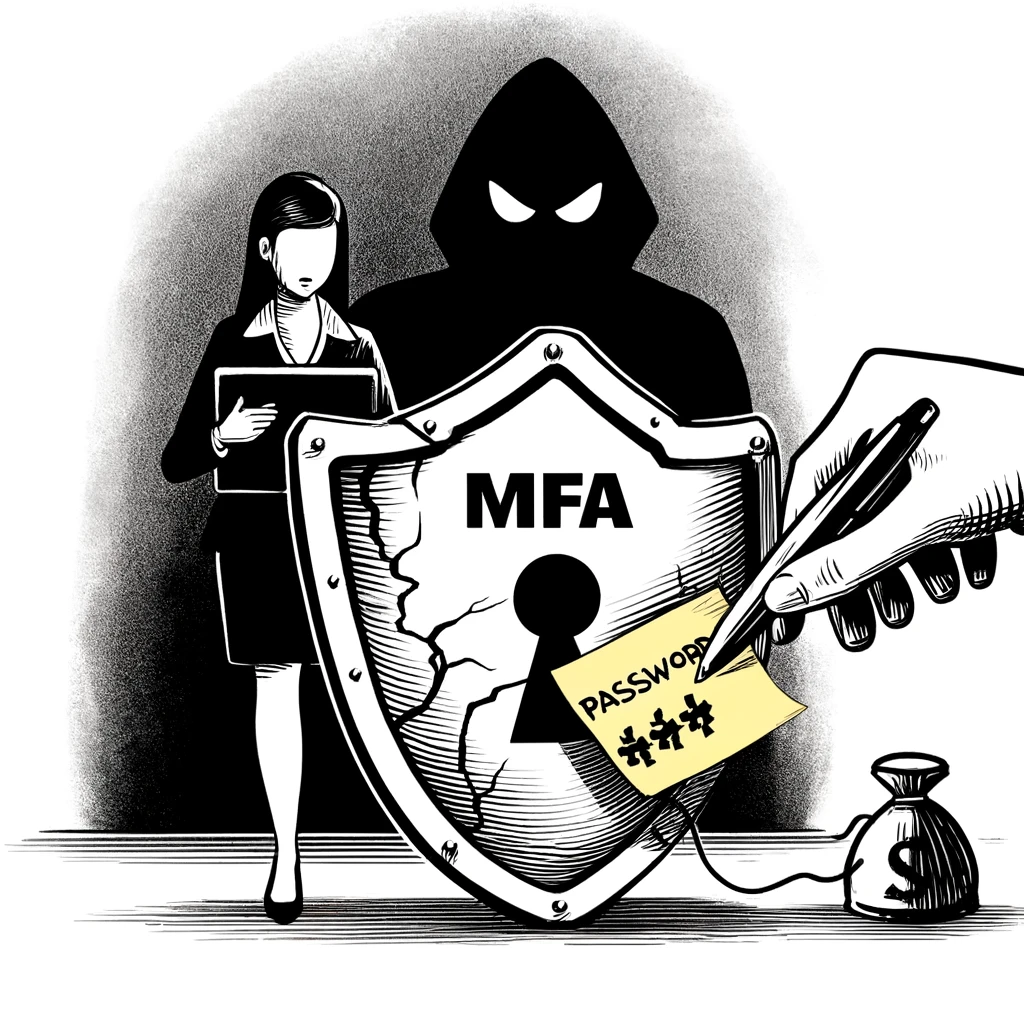A recent CyberArk study found that 30% of employees share workplace passwords, creating an MFA security gap. The study surveyed 14,003 employees across six countries and revealed that 49% reuse passwords across multiple work applications, creating additional vulnerabilities. Findings like these are not new, and they highlight the ongoing risks businesses face. Risks that are present even when security measures like MFA are in place.
Crawford’s latest blog provides a well-presented and insightful analysis of these MFA gaps within cyber insurance. Businesses and insurers will find it a worthwhile read as they work to bridge the disconnect between policy requirements and real-world implementation. Here’s a summary of the key takeaways and a link to the full blog here.
MFA: A Key Requirement in Cyber Insurance
Multi-Factor Authentication (MFA) is a security control. It combines passwords, security tokens, and biometrics. It’s designed to prevent breaches caused by phishing, password guessing, and credential stuffing. Insurers expect MFA to be fully implemented. In reality, many businesses fail to meet this standard.

MFA Security Compliance Issues Create Risk
Many organizations falsely declare MFA compliance in their cyber insurance applications. Some deploy MFA only for high-risk accounts or partially implement it across systems. During a breach, forensic investigators may uncover these gaps. The discovery of noncompliance can lead to denied claims or reduced coverage.
Oversimplified MFA Questions Lead to Misrepresentation
Cyber insurance forms often ask yes-or-no questions about MFA use. This binary approach fails to capture partial implementation, outdated MFA methods, or complementary security measures that might reduce risk.
MFA Is Not a Standalone Solution
While MFA strengthens security, it is not foolproof against phishing, social engineering, or SIM-swapping attacks. For a comprehensive defense, organizations must combine MFA with employee training, endpoint protection, zero-trust architecture, and behavioral analytics.
Other News: The Role of Human Error in Cybersecurity Failures and How to Mitigate It(Opens in a new browser tab)